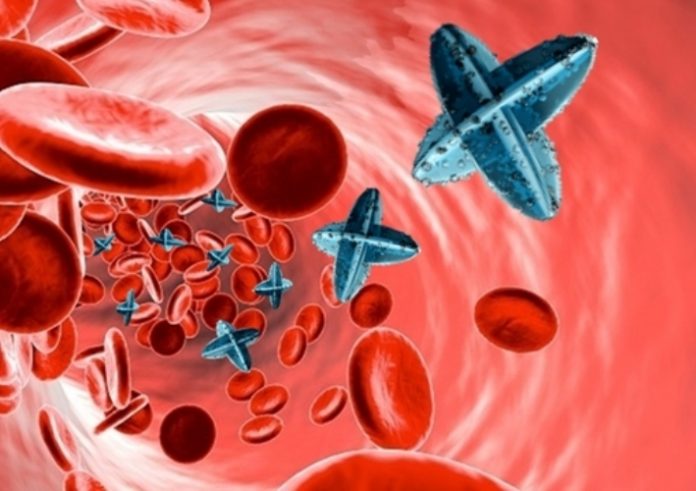
UNSW engineers are developing micro-submarines that could navigate the human body to provide targeted drug delivery to diseased organs without the need for external stimulus.
Powered by nano-motors, these micrometre-sized submarines are intended to exploit biological environments and tune their buoyancy, enabling them to carry drugs to specific locations in the body.
In a paper published in Materials Today, Dr Kang Liang from the School of Biomedical Engineering and School of Chemical Engineering at UNSW said the research team has already proved that it was possible for self-propelled ‘micro-submarines’ to deliver medicine to affected organs in the body.
“We already know that micro-motors use different external driving forces – such as light, heat or magnetic field – to actively navigate to a specific location,” Dr Liang said.
“In this research, we designed micro-motors that no longer rely on external manipulation to navigate to a specific location. Instead, they take advantage of variations in biological environments to automatically navigate themselves.”
These micro-sized particles are unique in that they respond to changes in biological pH environments to self-adjust their buoyancy. In the same way that submarines use oxygen or water to flood ballast points to make them more or less buoyant, gas bubbles released or retained by the micro-motors due to the pH conditions in human cells contribute to these nanoparticles moving up or down.
Dr Liang said this is significant not just for medical applications, but for micro-motors generally.
“Most micro-motors travel in a 2-dimensional fashion,” he continued.
“But in this work, we designed a vertical direction mechanism. We combined these two concepts to come up with a design of autonomous micro-motors that move in a 3D fashion. This will enable their ultimate use as smart drug delivery vehicles in the future.”
Dr Liang believes there will come a time where drugs are taken orally to treat a cancer in the stomach or intestines. He said each capsule could contain millions of micro-submarines, and within each micro-submarine would be millions of drug molecules.
“Imagine you swallow a capsule to target a cancer in the gastrointestinal tract,” he said.
“Once in the gastrointestinal fluid, the micro-submarines carrying the medicine could be released. Within the fluid, they could travel to the upper or bottom region depending on the orientation of the patient.
“The drug-loaded particles can then be internalised by the cells at the site of the cancer. Once inside the cells, they will be degraded causing the release of the drugs to fight the cancer in a very targeted and efficient way.”
According to Dr Liang, the research is at the proof-of-concept stage, with years of testing needing to be completed before this could become a reality.




















